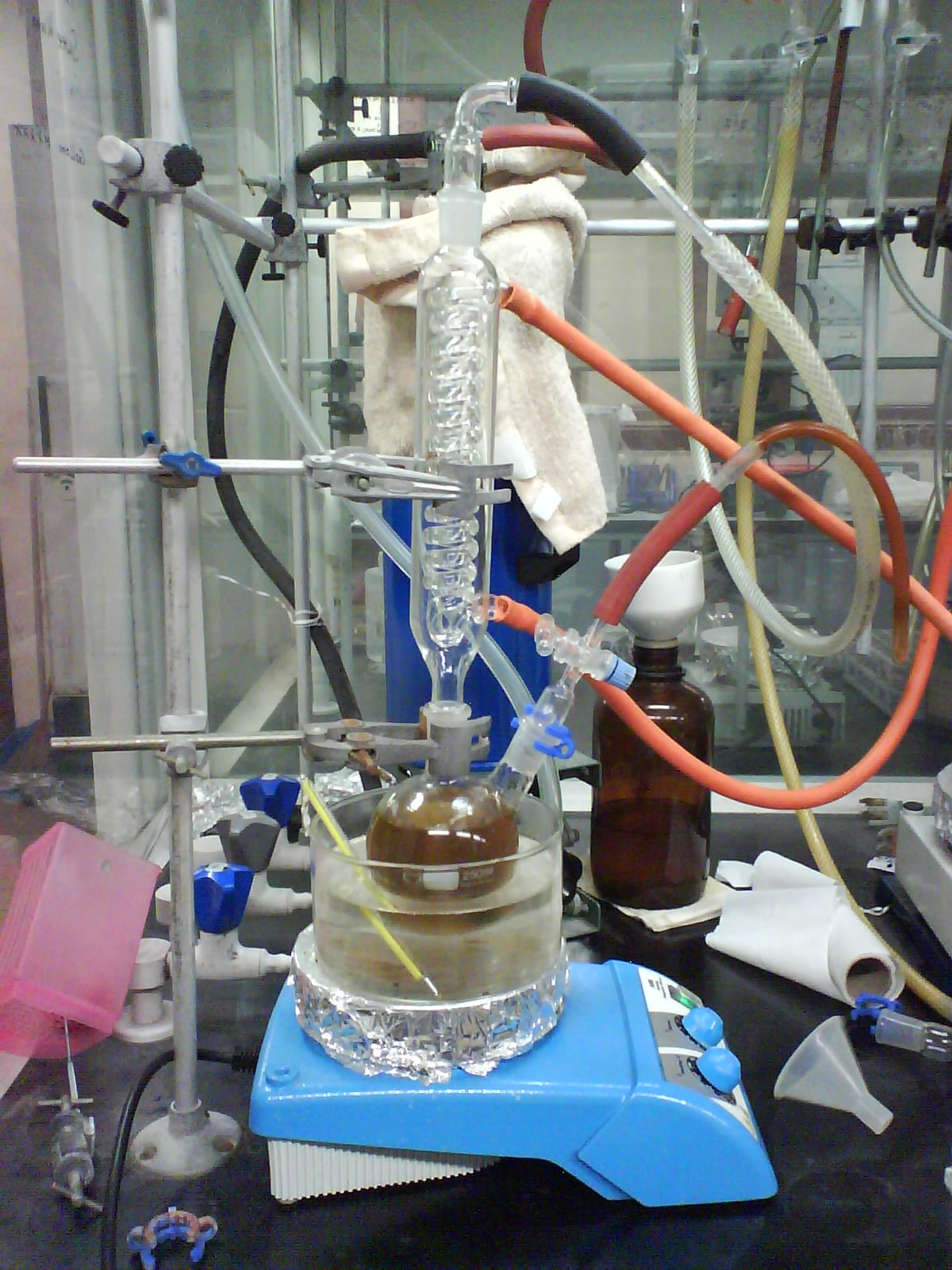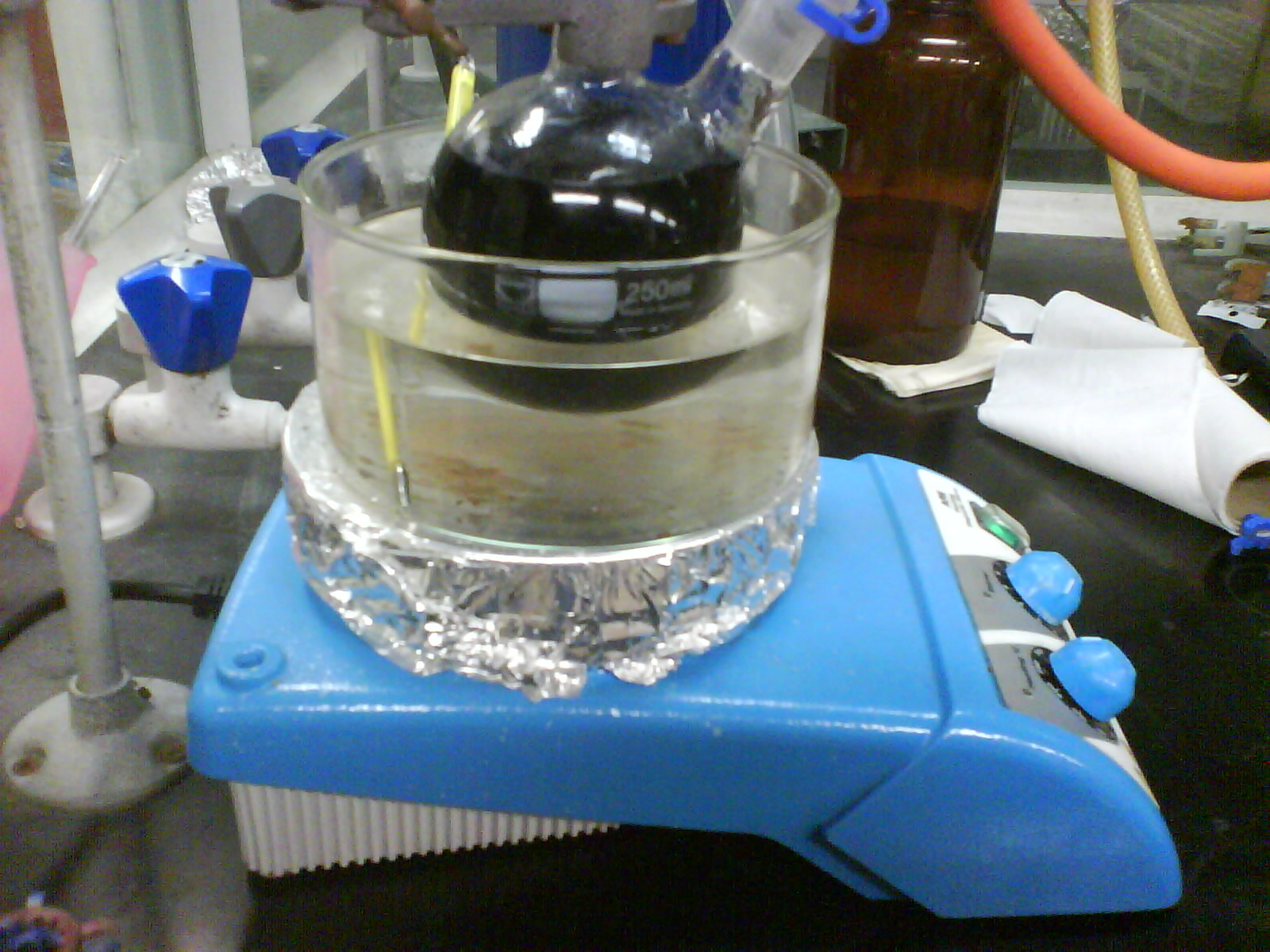Ketyl


A ketyl group in organic chemistry is a radical with the general structure C-O. in which an oxygen radical is bonded directly to carbon. This radical is very unstable and appears in chemical reactions as a reactive intermediate.
Ketyls can be formed as radical anions by one-electron reduction of carbonyls with alkali metals. Ketyls are also involved in the pinacol coupling reaction and the McMurry reaction. They can also be used as reagent for determining small amounts of water. The ketyl-molecule is intensely colored.
Ketyl radicals can be found in the use of sodium/benzophenone as a desiccant in distilling solvents. Sodium reduces benzophenone to the soluble ketyl radical, which reacts quickly with the water and oxygen dissolved in the solvent. The deep blue coloration qualitatively indicates dry, oxygen-free conditions.
